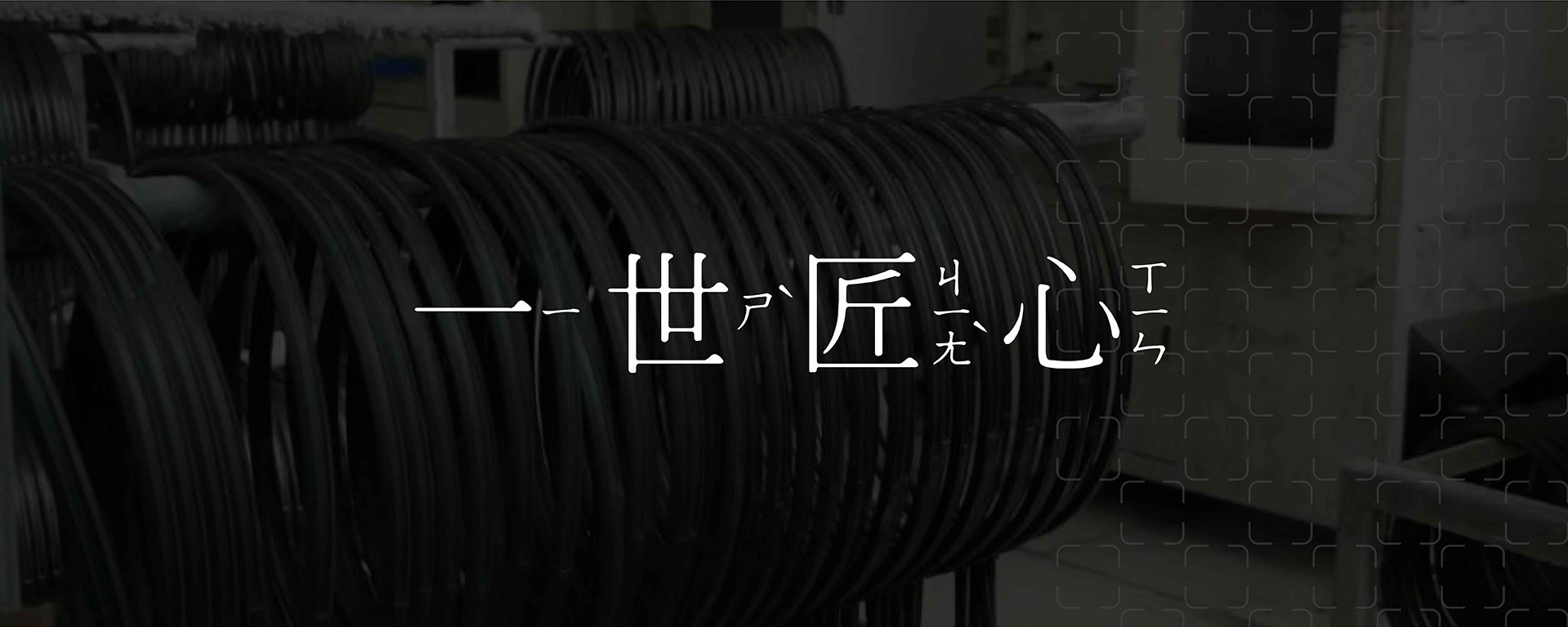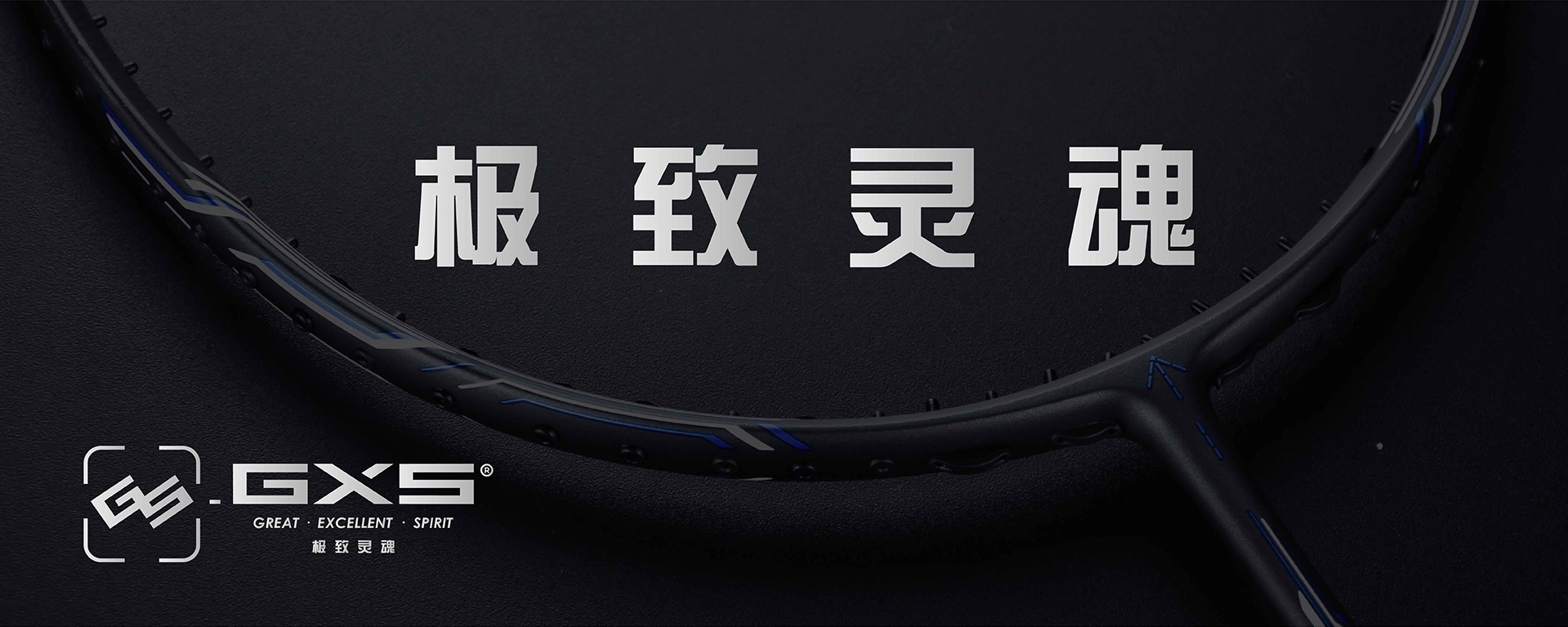18900329359
The crisp sound of hitting balls echoes on the badminton court, with players' rackets extending like arms. After an exhilarating match, properly storing these essential pieces becomes a practical issue—choosing the right badminton racket bag is akin to finding a safe and comfortable haven for your beloved racket.
A badminton racket bag is not just a simple storage tool; it must cope with various actual use scenarios. Professional players often carry more than one spare racket (national team members typically have 4-8 spares during daily training), and amateur enthusiasts usually also bring 2-4 rackets. These expensive carbon fiber rackets (with market prices ranging from several hundred to over two thousand yuan) require the bag to provide reliable protection against compression and impact to avoid breakage or weight loss due to collisions and squeezing. Additionally, the replacement sports clothing, badminton shoes (usually weighing 300-400 grams each), towels, water bottles, and other equipment also need to be properly stored.
The mainstream badminton racket bags on the market are usually divided by capacity:
3-4 rackets: Lightweight, suitable for short training sessions or enthusiasts with fewer pieces of equipment
6 rackets: Universal model, meeting most common needs (industry data shows this is a common specification)
9 or more rackets: Meeting professional needs or scenarios with many pieces of equipment
When purchasing, consider the following dimensions objectively:
Core protection performance: Check the main fabric composition label (such as 600D or higher polyester fiber, 1680D nylon, etc.) and thickness parameters. Higher strength fabrics can better resist daily wear and tear. An internal independent racket compartment divider (usually made of soft velvet lining) can effectively prevent friction and collision between racket frames. A padded cotton layer added to the back of the bag can enhance its anti-dropping and anti-collision capabilities.
Scientific compartment design: An independent wet/dry separation shoe compartment design (with breathable air holes in an independent partition) is standard in professional racket bags, which can isolate the smell of sweat-soaked shoes from contaminating other equipment. The main compartment has multiple mesh bag sections for easily placing ball buckets (standard one bucket holds 12 balls), clothes, small accessories, etc. External side pockets are designed for quick access to water bottles or towels.
Ergonomic carrying: S-shaped thickened pressure relief shoulder straps (usually wider than 5 centimeters), combined with chest buckles and adjustable waist buckles (some professional models come with these), can optimize the distribution of carrying weight and reduce shoulder pressure. Data shows that a reasonable carrying system can significantly improve comfort for long-distance travel.
Durable details craftsmanship: Check the materials commonly used by the brand for key components, such as zipper brands (information on well-verified market brands like YKK can be publicly queried), stitch density at reinforced handle areas, whether there is wear-resistant rubber or PVC anti-wear coating on the bottom (measured thickness usually between 1-2 millimeters), etc., all of which affect the lifespan.
Use scenario matching: If you often take public transportation or ride a bicycle, consider the flexibility of a backpack; if driving is your main mode of transport, you can choose between tube bags or cross-body bags. Frequent fliers must confirm whether the bag's dimensions meet the common airline carry-on luggage regulations (most airlines stipulate that the total length, width, and height should not exceed 115 centimeters, and the individual size should be referenced, for example, tube bag specifications that are not more than about 60 centimeters in length).
International mainstream sports equipment brands continuously optimize racket bag design based on feedback from professional athletes. Public reviews show that there are differences between brands in basic performance parameters (such as fabric wear resistance, key accessory grades), and specific models also have their own characteristics in carrying system optimization and compartment layout. Consumers can log on to the brand's official website or consult independent product review platform data for comparison.
A well-designed and properly made badminton racket bag is expected to provide lasting protection for your equipment under normal use conditions (refer to multiple durability tests; professional sport bags typically have a lifespan of 3-5 years or more). It reliably guards your string tension, frame integrity, and equipment cleanliness, allowing you to focus on enjoying the pleasure of swinging
Technology support:XIAMEN 12t NETWORK TECHNOLOGY CO., LTD. Information support:Southeast business opportunity network
Minicp No. 20000041-1




